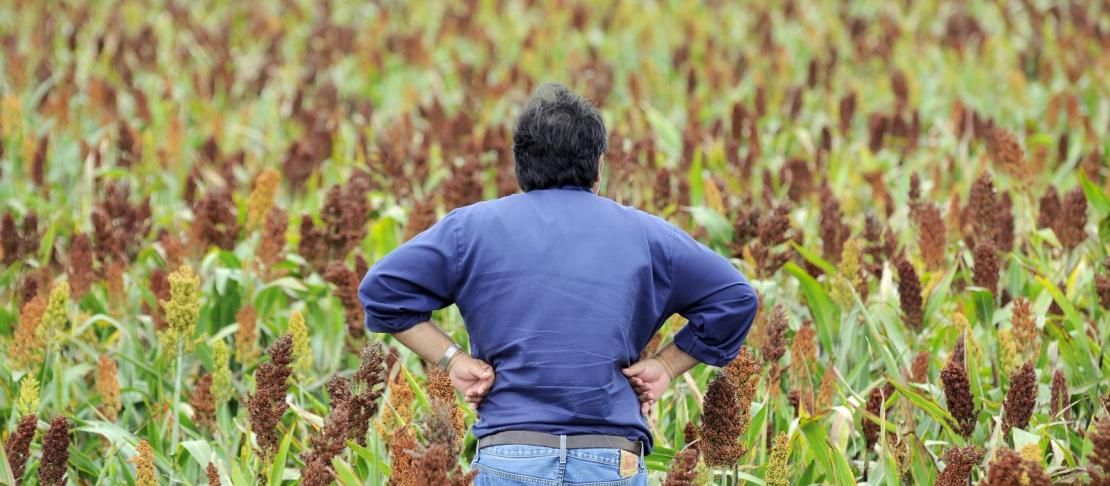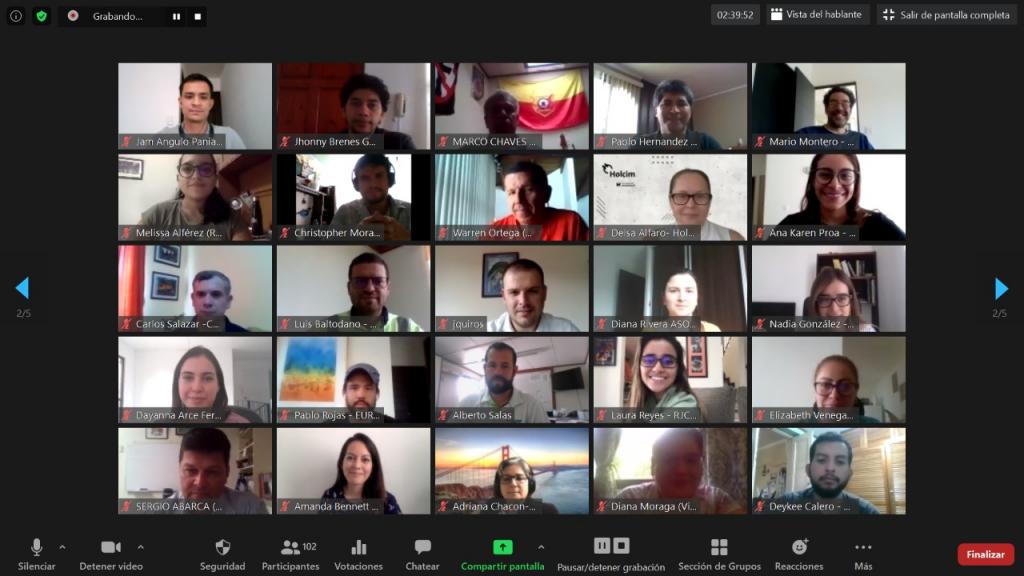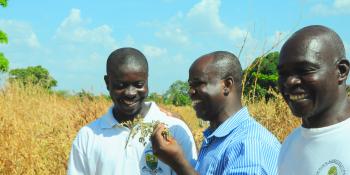Costa Rica increases climate ambition by collectively imagining futures

While still in the middle of the pandemic, it is clear to the international community that countries have to raise their climate ambitions to hold up hopes of the Paris Agreement achieving its goals. While preparations for the Glasgow Climate Change Conference (COP26) are now taking place, arduous efforts to ensure everyone is on board in the Race to Zero are setting the bar high also outside formal negotiations.
A growing number of scholars are finding that the anticipation of possible futures can help imagine, and set in motion, the transformations that are needed to reduce emissions and make societies resilient to climate change. The government of Costa Rica has been experimenting with “futuring methods" since 2015, when they developed their Intended Nationally Determined Contribution (INDC) in collaboration with the CCAFS Future Scenarios project, and has learned a lot in the meantime.
WHAT ARE FUTURE SCENARIOS?
Future scenarios, a methodology developed by the University of Oxford and CCAFS, can help plan for uncertain futures by integrating climate change with other drivers of change, such as levels of socio-economic development and different government regimes. Scenarios then enable policy makers to explore diverse future pathways.
Strengthening commitments to deal with climate change
During 2020, feeling committed to increasing the ambition of their current Nationally Determined Contribution (NDC), the forest haven in Central America used several ways to explore how much emissions could be reduced under a large number of future scenarios, and what measures are needed if things don't work out as planned. For example, the greater metropolitan area faces great challenges in traffic and transport. An electric train would be an ideal solution to unclog traffic at scale. But what if these plans are delayed due to the economic recession caused by the pandemic? What alternatives could help the country get back on track, and how much emission could they help reduce? And what other changes could occur on a local or global scale that could totally set off course the achievement of climate goals, despite the country's well thought out adaptation and mitigation plans?
The Ministry of Environment and Energy teamed up with two national universities, the University International Cooperation (UCI) and the University of Costa Rica (UCR) to take up the task, supported by the Inter-American Development Bank (IDB) and RAND Corporation. What resulted was a highly participatory process where both qualitative and quantitative methods to anticipate the future complemented each other, which in turn lead to an NDC with increased ambition, rooted in fundamental values of climate justice.
Robust climate measures by exploring future uncertainties
During the process, facilitated by CCAFS’ partner UCI, stakeholders evaluated the robustness of currently planned climate measures by contrasting them with scenarios that played out different courses of development in the future. They made these scenarios by discussing what could change locally, regionally or globally and could influence the achievement of Costa Rica's climate goals, and which of these things were uncertain.
Factors considered most critical were land-use change, biodiversity management, water resource governance, technological development and conflict or collaboration with other countries in the region. When certain measures turned out to fail in several scenarios, stakeholders would suggest how to improve them. This helped the government and private sector understand which measures were less robust than others, and most importantly: what had to be done in the next few years to reduce the chances of failure and start accelerating transformational change.

Screenshot from the workshop series that took place online with over 350 stakeholders and 25 trained facilitators.
Leave no one behind
Interestingly, in many of these possible future worlds, even in the most optimistic ones, stakeholders expressed their concern of others being left behind; that the current socio-economic gap between rich and poor would grow in the near and far future. This gave the Ministry of Environment and Energy a very clear message: in order to reach the ambitious goals of climate resilience and net-zero emissions by 2050, Costa Rica has to look further than climate measures; it has to ensure the achievement of social and economic development goals.
As a result, the new NDC increases Costa Rica's adaptive capacity, strengthens resilience and seeks to reduce climate vulnerability with a more inclusive approach, while at the same time, achieving economic and social development through capacity building and information for decision making, inclusion of adaptation criteria in financing and planning instruments, adaptation of public services, productive systems and infrastructure, and the implementation of nature-based solutions. The NDC aligns with the country's long term strategies for climate change, which are expected to bring USD 41 billion of net benefits to Costa Rica between 2020 and 2050.
STRENGTHENING LOCAL CAPACITIES TO ANTICIPATE FUTURES
Costa Rica has also been working on its capacities to anticipate futures that can support decision- and policy-making. For the NDC enhancement process, experts of key climate change organizations were trained by UCI in the participatory development of future scenarios to help facilitate the virtual workshops. These capacities will allow the Costa Rican government to conduct similar prospective exercises in an iterative manner to anticipate future needs and adjust goals and measures accordingly every 5 years. Research projects focused on transformative development lead by CCAFS fellows, in collaboration with pioneers such as IPBES and Stockholm Resilience Center, will ensure that the methods used are at the frontier of innovation and scientific knowledge.
Finally, a collaboration between UCR, RAND Corporation and the IDB laid the foundation for the use of open access models to run thousands of climate, energy, land and water scenarios. This makes it possible to back up the imagination of futures with robust data showing how much can truly be gained or lost with climate action. By quantifying possible outcomes of different climate measures, these models can help understand which actions are most likely to give the highest benefits in terms of public health, the economy, as well as climate resilience and mitigation.




